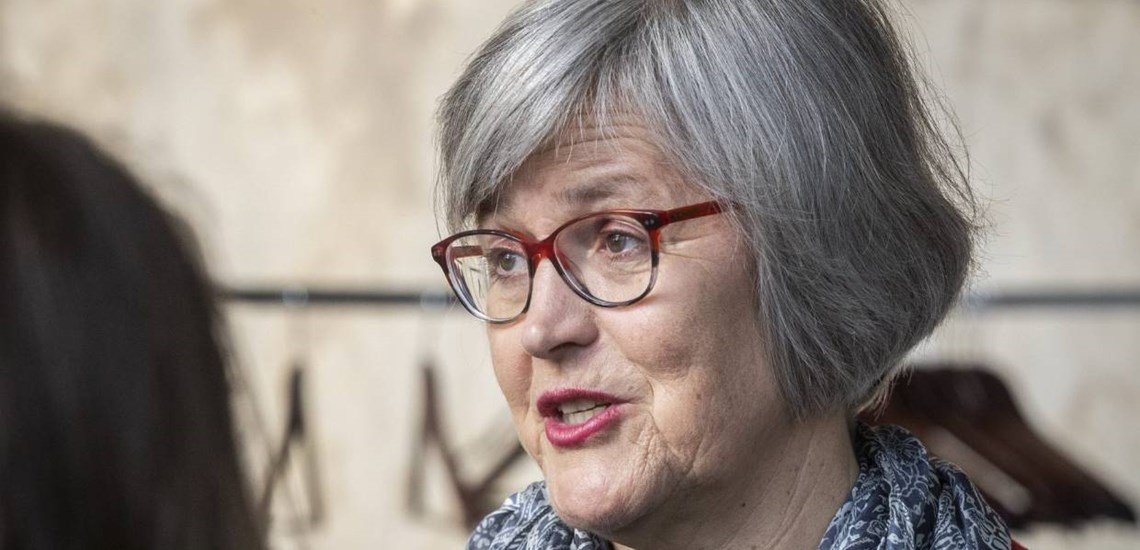After years of indecision the waste disposal issues in New Zealand finally look like there may be some structure put in place to deal with waste arisings.
New Zealand Plans Multi Stream EPR
The EPR schemes proposed by the NZ government cover a range of materials, including plastics and tyres.
However, the Government said it was still only consulting on a “framework” for the idea, in after calls from environmentalists for the Environment Ministry to “just get on with it”.
The Environment Ministry was seeking public consultation on a new stewardship scheme that will hold businesses responsible for recycling rather than communities.
Eugenie Sage said the move was part of the government’s wider plan to reduce the amount of rubbish ending up in landfills and a step towards changing New Zealand‘s “take, make and dispose” business model.
“Well-designed product stewardship schemes ensure that those making, selling and using products all help take responsibility to recover the materials and avoid them ending up in landfills,” Sage said.
Priority product categories proposed for regulated product stewardship schemes are:
– packaging, including beverage containers and plastic packaging
– tyres
– electrical and electronic products (e-waste), starting with lithium-ion
– batteries
– refrigerants and other synthetic greenhouse gases
– agrichemicals and their containers and other farm plastics.
Sage said this was the first time regulated product stewardship in the Waste Minimisation Act was being taken seriously, despite it being in the Act for a decade.
This scheme is also supposed to help deliver on New Zealand First’s Coalition Agreement with Labour to improve product stewardship of tyres.
Environment Associate Minister, Eugenie Sage says regulated product stewardship puts waste management responsibility on manufacturers rather than communities.
Sage said this should create new business opportunities and jobs.
“One example is reprocessing waste plastic bottles back into food packaging which creates less need for imports on new plastic flake for bottle manufacture.
“Products that have reached the end of their life can be used to make something new, especially if they are designed better for reuse and recycling.”
Draft regulations were expected to be released for consultation next year.
It is good news that at last New Zealand is putting in place the structures and drivers for recycling, but at present, as in most other countries, the missing link remains the ability to create markets for the recycled materials.




















